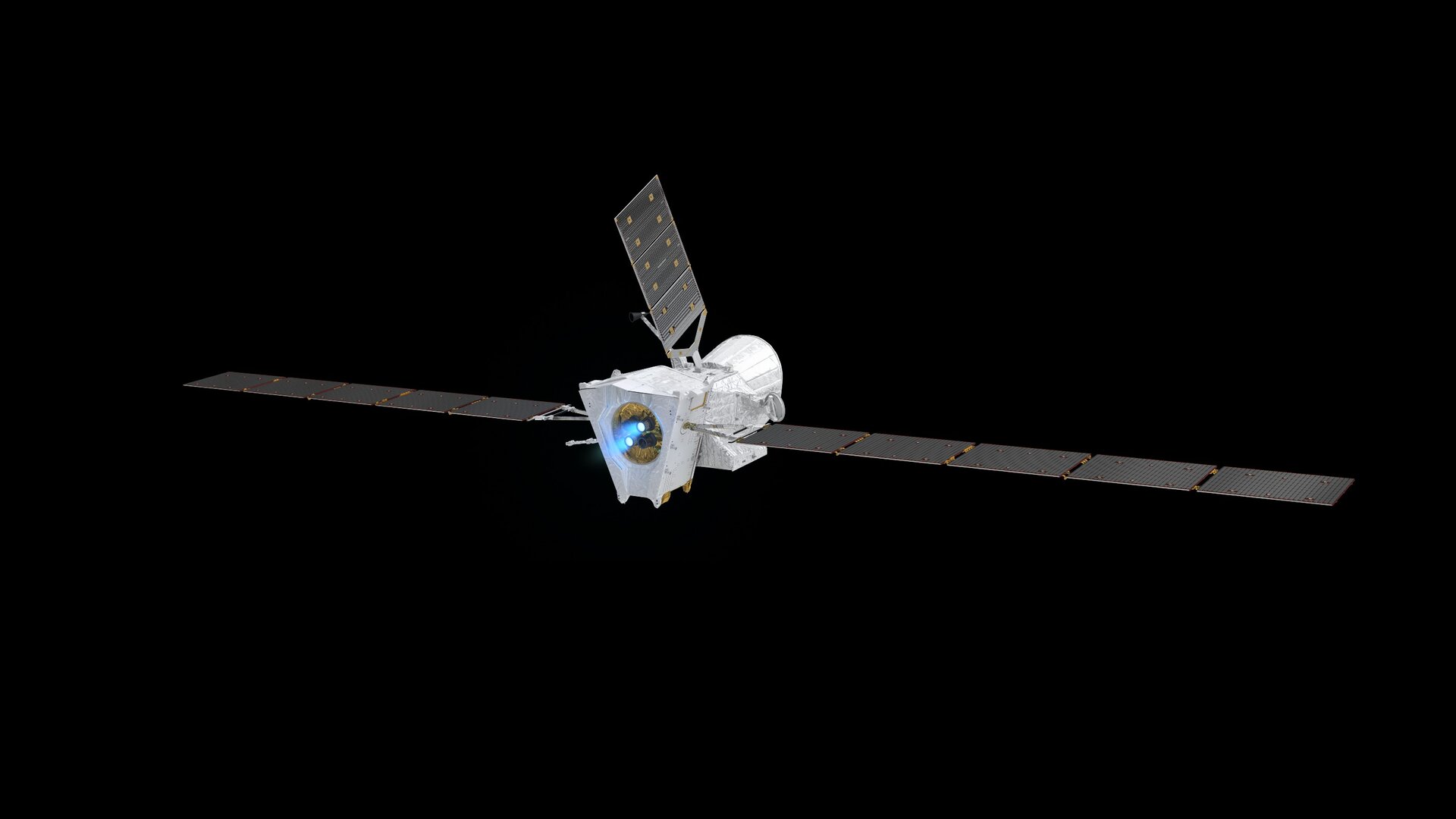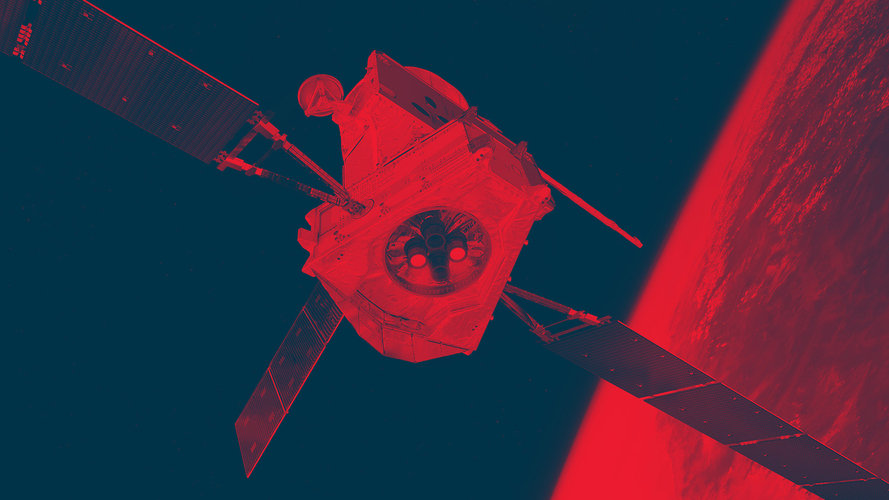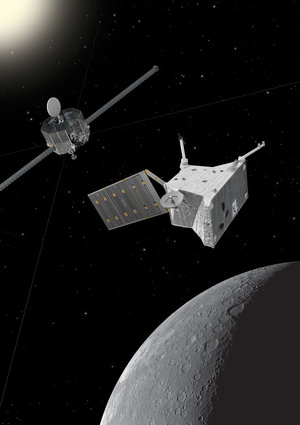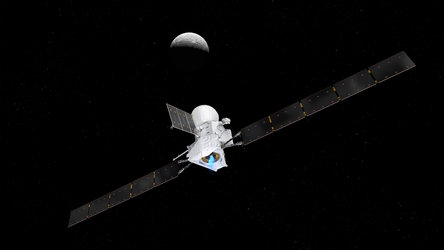Journey to Mercury
BepiColombo was launched on an Ariane 5 from Europe’s Spaceport in Kourou, French Guiana. It will use the gravity of Earth, Venus and Mercury in combination with the thrust provided by electric propulsion, to reach Mercury.
The Mercury Planetary Orbiter (MPO) and the Mercury Magnetospheric Orbiter (MMO, or Mio) will voyage to Mercury together as a single composite spacecraft, with the Mercury Transfer Module (MTM) providing power and propulsion.
A big challenge for the mission is the Sun’s enormous gravity, which makes it difficult to place a spacecraft into a stable orbit around Mercury – even more energy is needed than sending a mission to Pluto. After launch, and having escaped the ‘gravity well’ of Earth, BepiColombo has to constantly brake against the gravitational pull of the Sun. Ion thrusters on the MTM will provide the needed low thrust over long durations of the cruise phase.
The solar electric propulsion is mission-enabling for the trip to Mercury. Without it, it would not be possible to bring two spacecraft of the mass of MPO and MMO to Mercury using a conventional launcher. The ion thrusters will accumulate the highest total impulse (thrust level multiplied by hours of operation) ever achieved in a space mission.

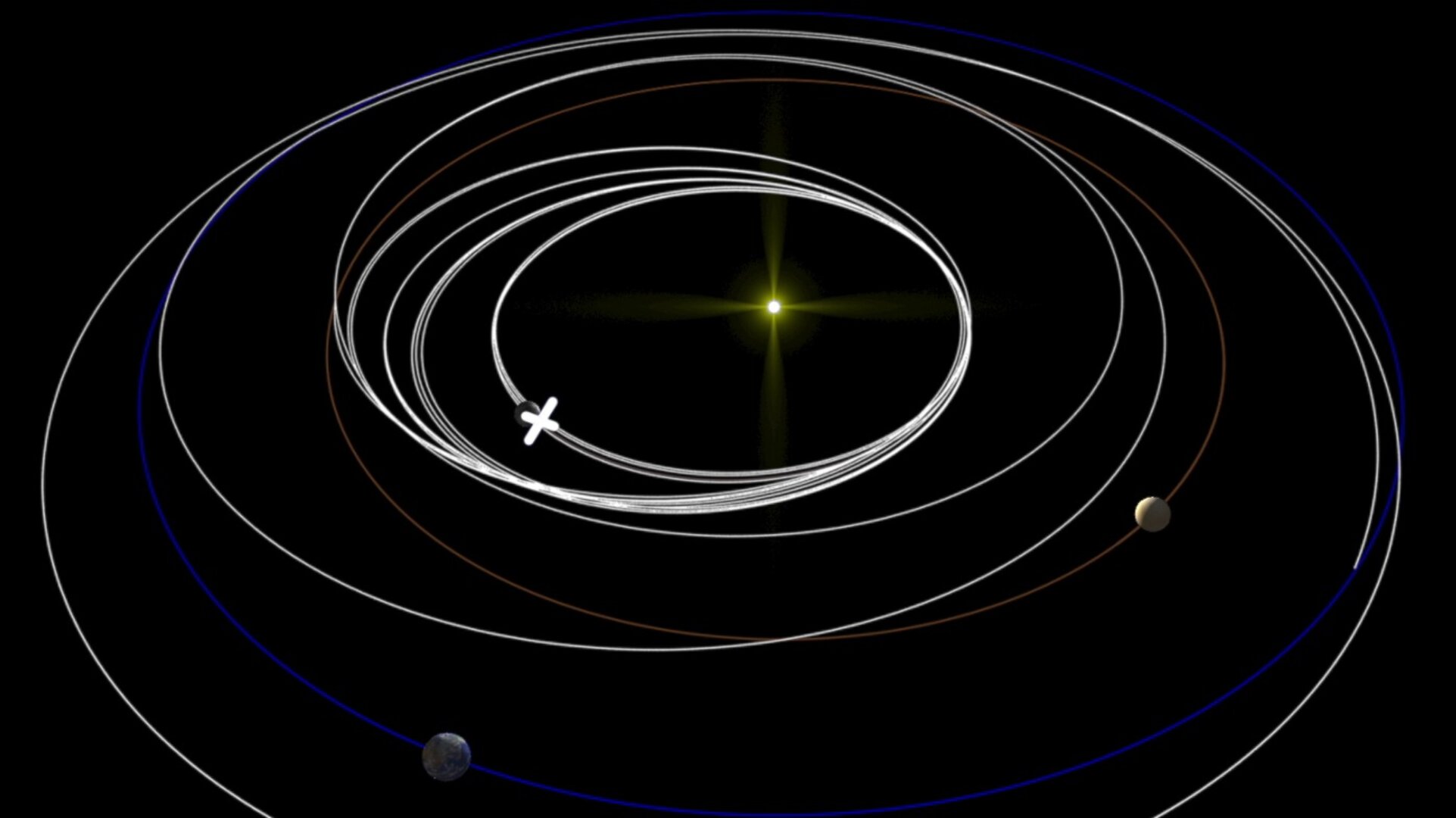
Access the video
Launched in October 2018, the spacecraft will have a eight-year cruise, with one Earth flyby (April 2020), two Venus flybys (October 2020 and August 2021) and six Mercury flybys between October 2021 and January 2025 before arriving in orbit in November 2026.
When approaching Mercury, the transfer module will separate and the two spacecraft, still together, will be captured into a polar orbit around the planet. Their altitude will be adjusted using MPO’s thrusters until MMO’s desired elliptical polar orbit of 590 x 11640 km above the planet is reached. Then MPO will separate and descend to its own 480 x 1500 km orbit using its thrusters. The fine-tuning of the orbits is then expected to take three months, after which, the main science mission will begin.














 Germany
Germany
 Austria
Austria
 Belgium
Belgium
 Denmark
Denmark
 Spain
Spain
 Estonia
Estonia
 Finland
Finland
 France
France
 Greece
Greece
 Hungary
Hungary
 Ireland
Ireland
 Italy
Italy
 Luxembourg
Luxembourg
 Norway
Norway
 The Netherlands
The Netherlands
 Poland
Poland
 Portugal
Portugal
 Czechia
Czechia
 Romania
Romania
 United Kingdom
United Kingdom
 Slovenia
Slovenia
 Sweden
Sweden
 Switzerland
Switzerland
























